20 Tips for Caring for and Displaying Your Antique Glassware Collection
Antique glassware holds both beauty and history, often carrying stories from the past within its delicate designs. Each piece, whether a family heirloom or a recent find, deserves thoughtful care to preserve its condition. Proper cleaning, storage, and display not only protect the glass but also allow its details to be appreciated for years to come. With a few mindful habits, you can reduce the risk of damage while highlighting the unique charm of your collection. The following tips will help you protect, store, and showcase your glassware with confidence.
This post may contain affiliate links, which helps keep this content free. Please read our disclosure for more info.
Wash by hand only
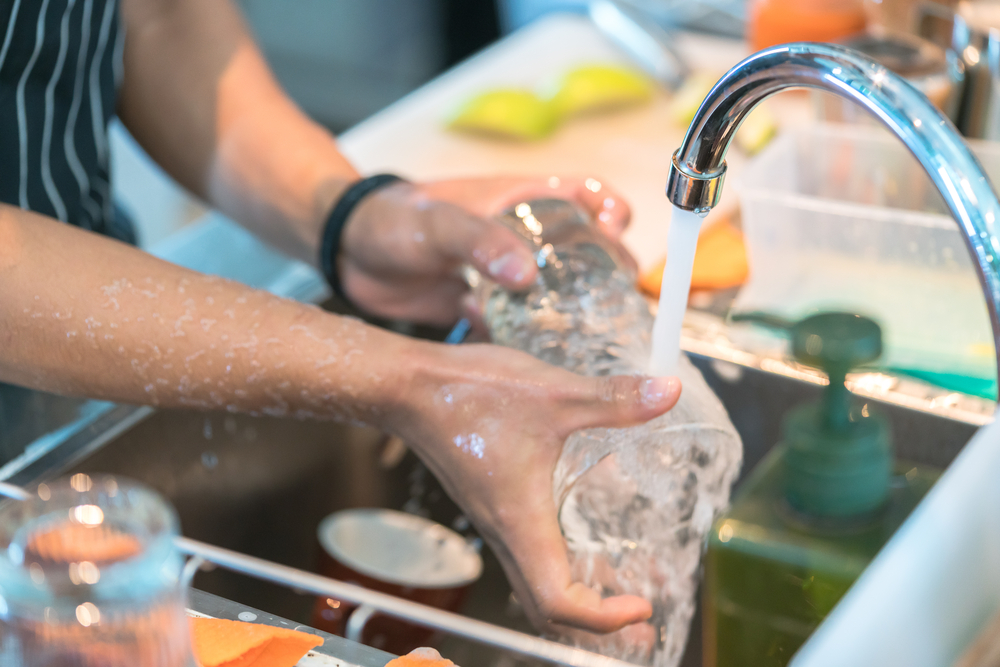
Antique glass is delicate, and the strong heat, detergents, and movement inside a dishwasher can cause damage. Patterns may fade, gilding can wear away, and thin sections may crack. Handwashing allows you to control the water temperature and pressure while keeping each piece safe. It also reduces the risk of accidental bumps against other items.
Using a soft basin or sink mat adds extra protection during cleaning. Keep only one or two pieces in the water at a time to avoid contact between them. A gentle touch when handling the glass helps prevent stress on fragile areas and keeps its appearance intact for years to come.
Use lukewarm water

Water that is too hot or cold can shock antique glass and cause cracks. Sudden temperature changes may weaken the material, making it more vulnerable over time. Lukewarm water is warm enough to remove dirt without stressing the glass. This steady temperature helps preserve both the structure and the finish.
If a piece has been stored in a cool or warm location, give it time to adjust to room temperature before cleaning. This gradual shift reduces the chance of thermal stress. Consistently using lukewarm water can help each piece remain strong and beautiful for decades.
Mild cleaning solutions
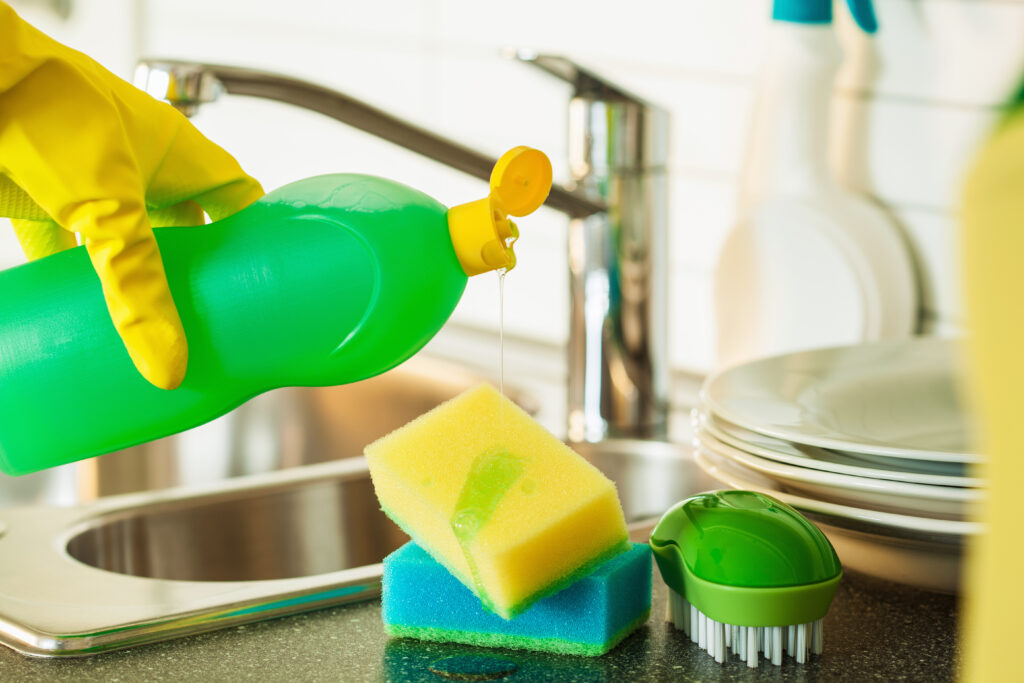
Harsh chemicals can strip painted designs, cloud clear glass, or damage surface finishes. Strong cleaners can also weaken decorative coatings or metallic trims. A small amount of gentle dish soap in water is often all that is needed for most antique pieces. This approach keeps the glass safe while still removing dirt and residue.
For stubborn marks, a diluted vinegar solution can be effective without being harsh. Avoid any cleaner with bleach or ammonia, as they can cause permanent damage. Rinse thoroughly to prevent residue buildup that could dull the surface.
Soft materials only
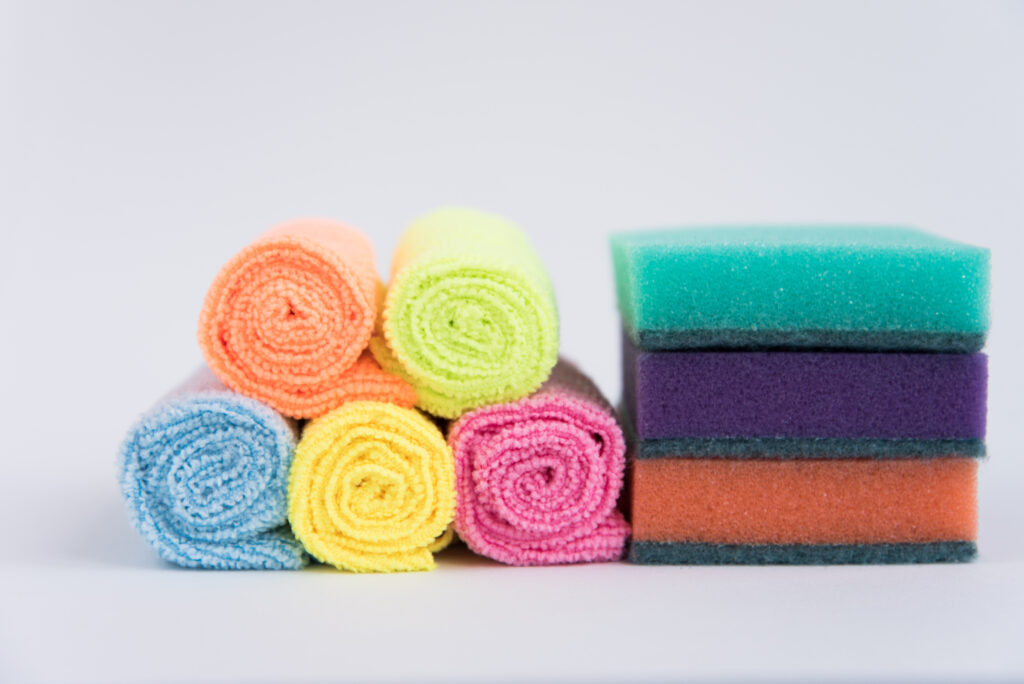
Abrasive pads or rough sponges can scratch antique glass, leaving marks that are hard to remove. Even small scratches can dull the surface and reduce the beauty of the piece. Soft sponges and microfiber cloths provide a safer way to clean while still being effective. These materials protect delicate finishes and patterns.
When drying, choose a lint-free cloth so fibers do not stick to the glass. If fibers do appear, lightly buff them away with a clean, dry cloth. Gentle materials help maintain the original clarity and detail of the glass.
Support the base
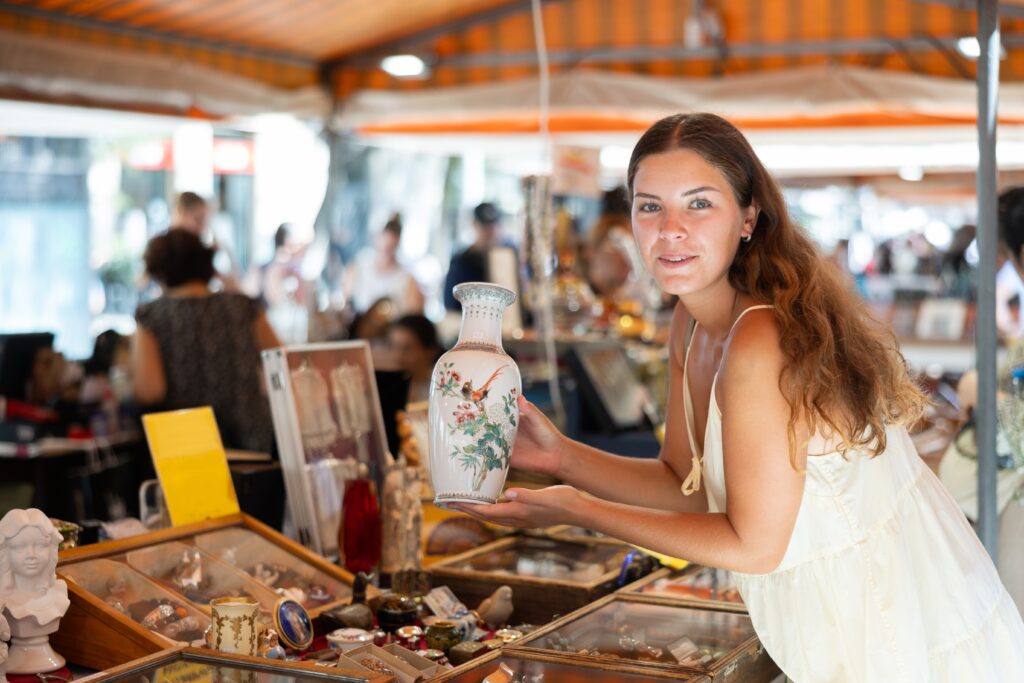
Holding antique glass by the rim or stem alone can cause strain on weak areas. Stress at connection points may lead to cracks or complete breaks. Supporting both the base and upper section helps distribute weight more evenly. This method provides greater stability when handling fragile pieces.
Two-handed handling is especially important for tall or heavy items. It reduces the risk of tipping and allows for better control. This small change in how you lift and carry can greatly reduce the chance of damage.
Dry gently
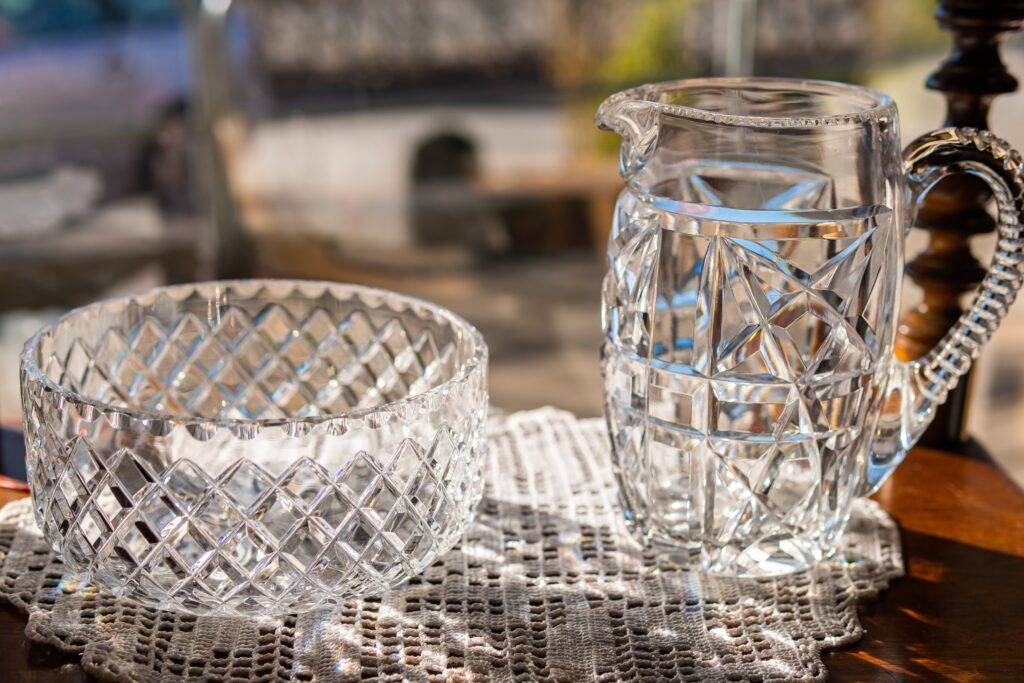
Twisting a towel inside delicate glass can place uneven pressure on the surface. This may lead to cracks or small breaks that worsen over time. Blotting the glass dry is a safer choice that prevents unnecessary stress. Letting the piece air dry can also be beneficial.
Place the glass on a soft, padded surface while drying. A folded towel or cushioned mat offers protection in case the piece tips over. This extra care during the final stage of cleaning helps maintain its condition.
Avoid direct sunlight
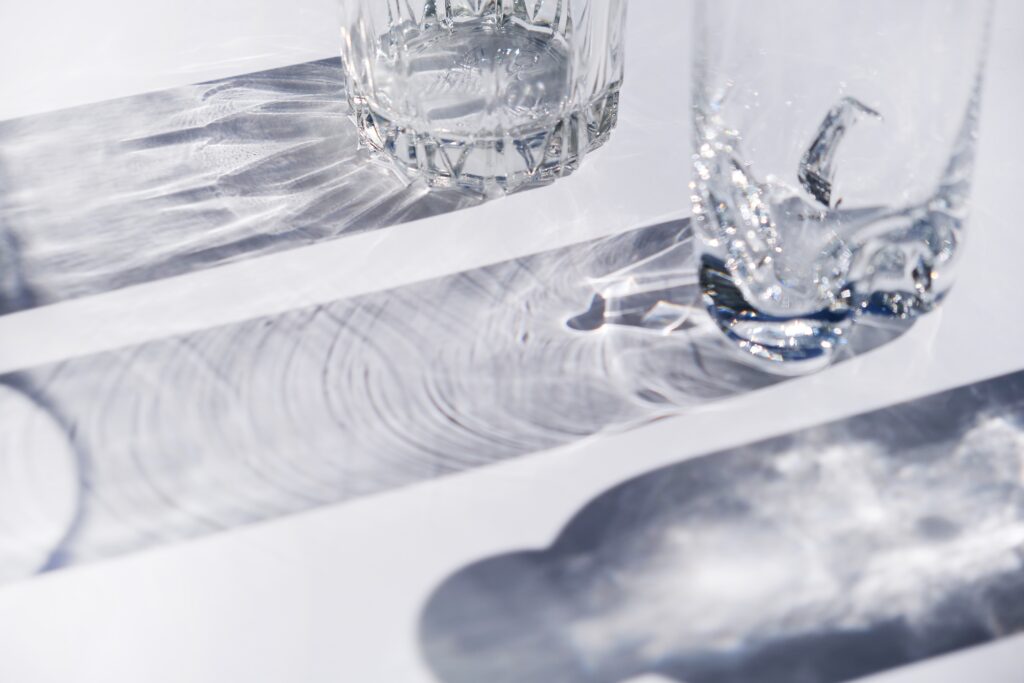
Bright sunlight can fade painted designs and alter the appearance of colored glass. Prolonged exposure can also weaken the material, making it more prone to breakage. Over time, sunlight may cause clear glass to develop a cloudy appearance. Keeping pieces away from strong light helps preserve their original look.
If a display near a window is necessary, use sheer curtains or UV-protective film. These barriers help reduce harmful rays while still allowing light into the room. Positioning displays out of direct sunlight is the simplest way to protect them.
Maintain stable climate
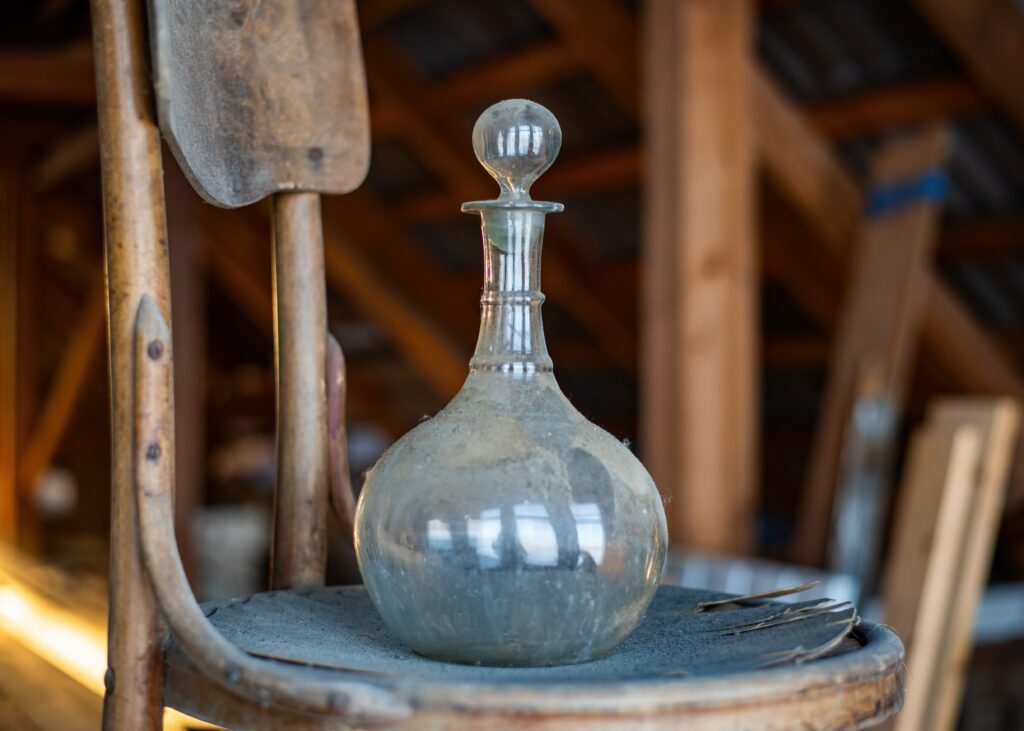
Rapid changes in temperature or humidity can stress antique glass. Fluctuations may cause expansion and contraction, leading to cracks or warping. A consistent environment helps the material remain strong over time. Avoid storing glass in areas with poor climate control.
Basements, attics, and near heating vents are risky locations. These areas often have extreme shifts in temperature and moisture. Choosing a steady environment greatly improves the longevity of your collection.
Use padded shelf liners
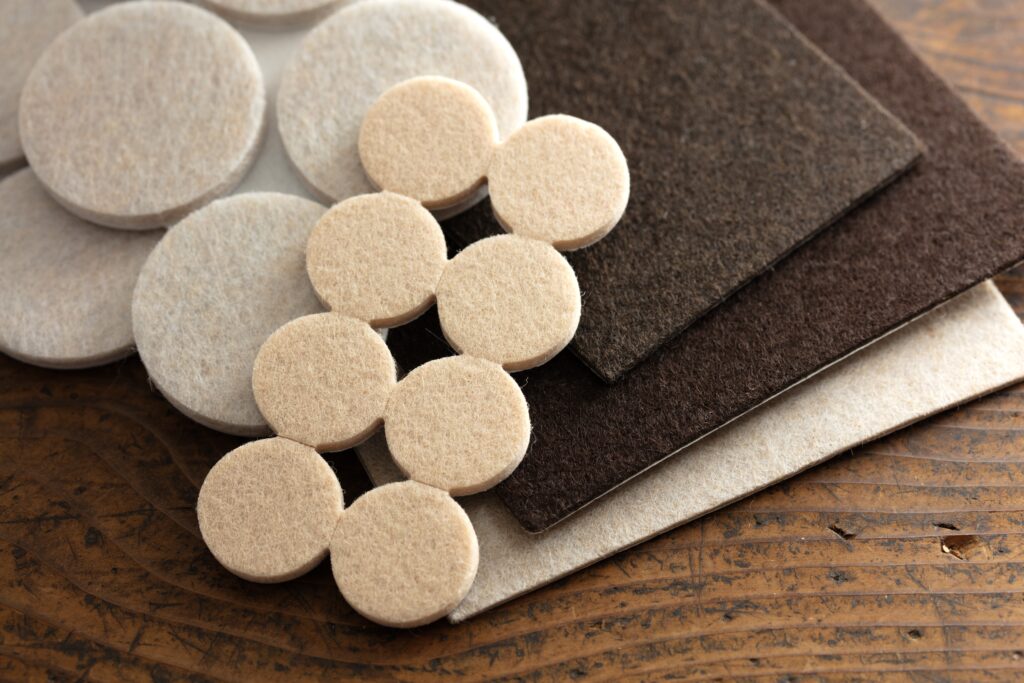
A protective liner cushions the glass from hard surfaces. Felt, silicone, or foam options absorb vibrations and reduce the chance of chips. This layer also helps prevent scratches from contact with wood or glass shelving. A small addition like this can make a big difference.
Cut the liner to fit the exact shelf size so it stays in place. A well-fitted liner creates a secure surface for each piece. This extra protection helps maintain the integrity of the glass over the years.
Never stack pieces
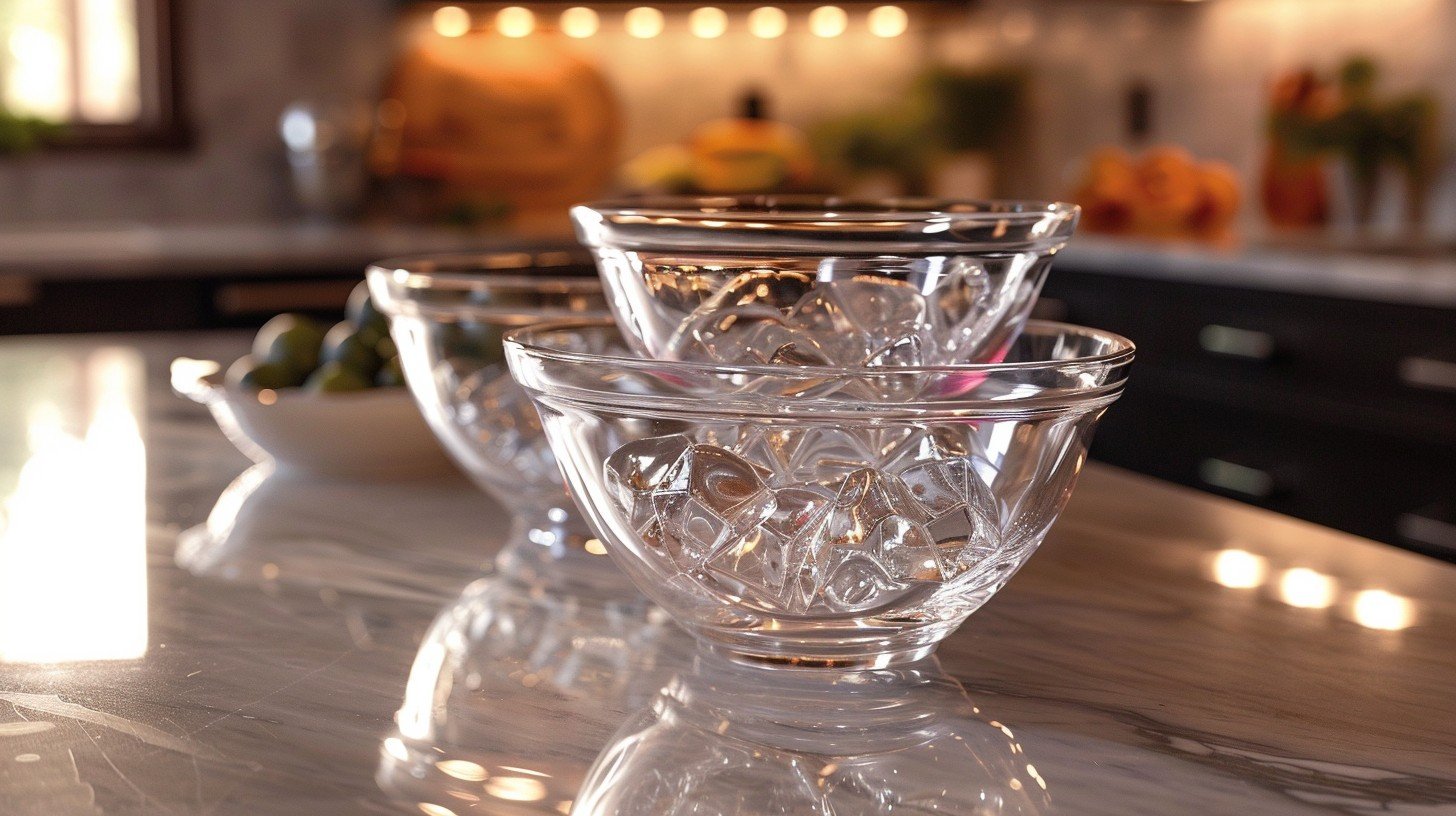
Stacking antique glass can create uneven pressure on rims and edges. This often leads to chips or cracks that reduce both beauty and value. Thin glass is especially vulnerable under weight. Storing items separately is the safest choice.
If space is limited, use risers or dividers to separate pieces vertically. This allows for more storage without direct contact. Keeping glass from touching is the best way to prevent damage.
Dust with care
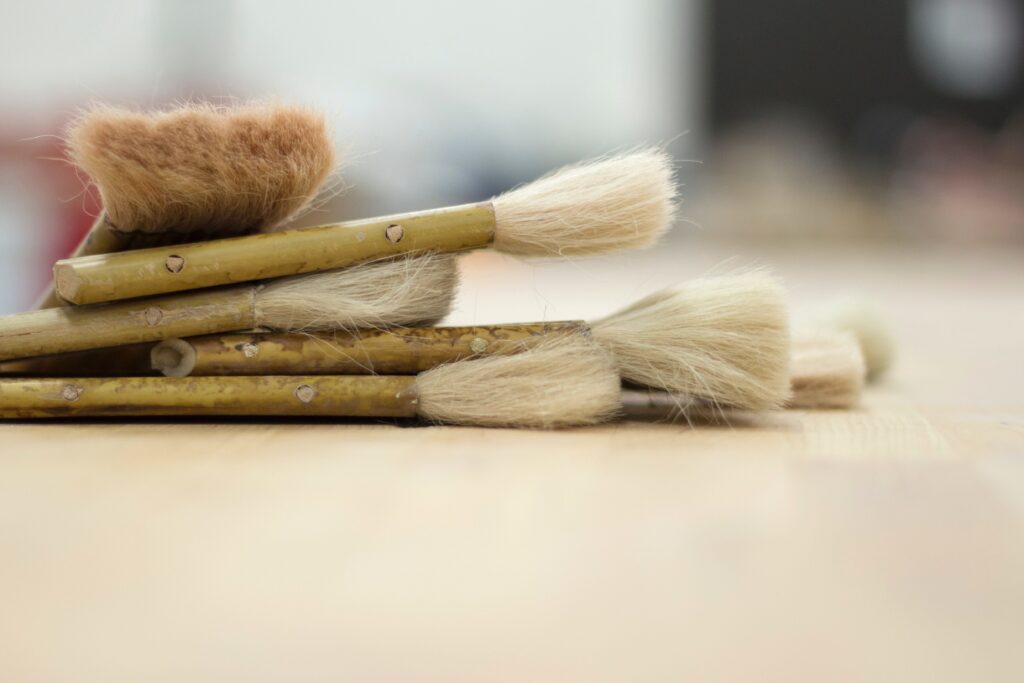
Dusting may seem harmless, but quick or rough movements can scratch glass. A soft, clean brush is the safest way to remove dust without harm. Brushes reach into textured designs and fine details without adding pressure.
Hold the piece steady with your other hand while dusting. This prevents tipping or sudden movement. Regular, gentle dusting keeps glass looking its best.
Choose strong, level shelves
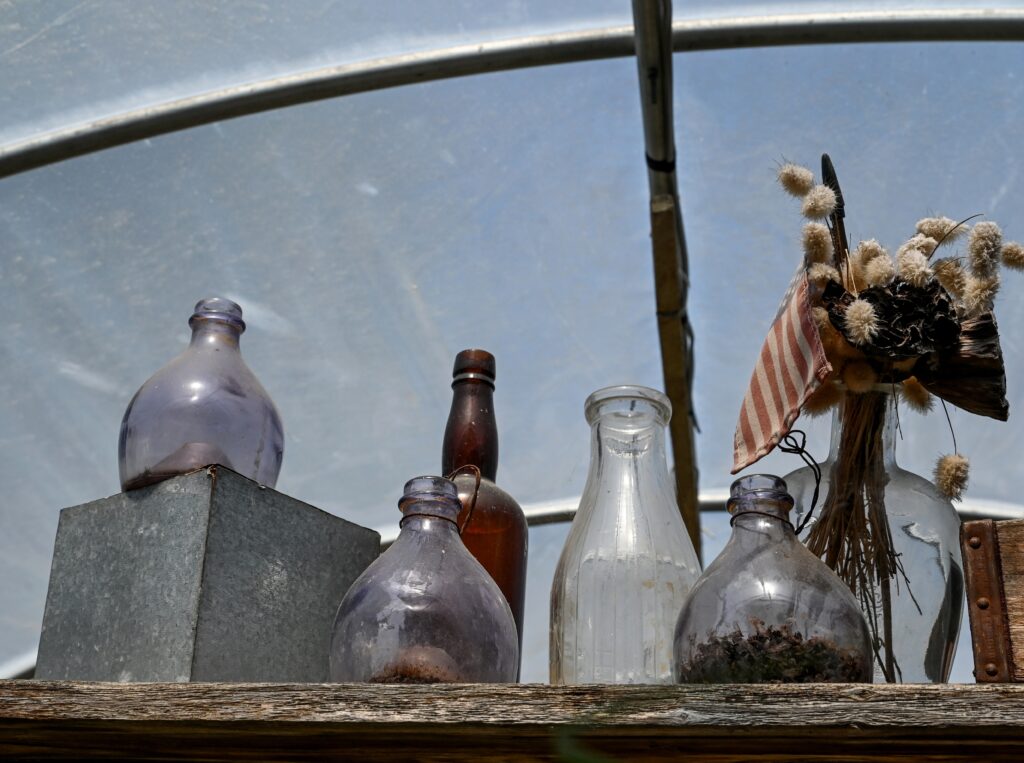
Weak or slanted shelves can put antique glass at risk of sliding or tipping over. Sturdy shelving provides a stable foundation for both heavy and delicate pieces in your collection. A level surface helps items stay balanced and secure even if bumped. Choosing reliable shelving is the first step in protecting valuable glassware.
Inspect shelves regularly for signs of sagging, cracks, or loosened supports that could fail under weight. Replacing or reinforcing weak shelving before problems occur can prevent accidents. A strong display base offers peace of mind and long-term stability. Paying attention to the condition of your shelves is just as important as caring for the glass itself.
Enclosed cabinets for protection
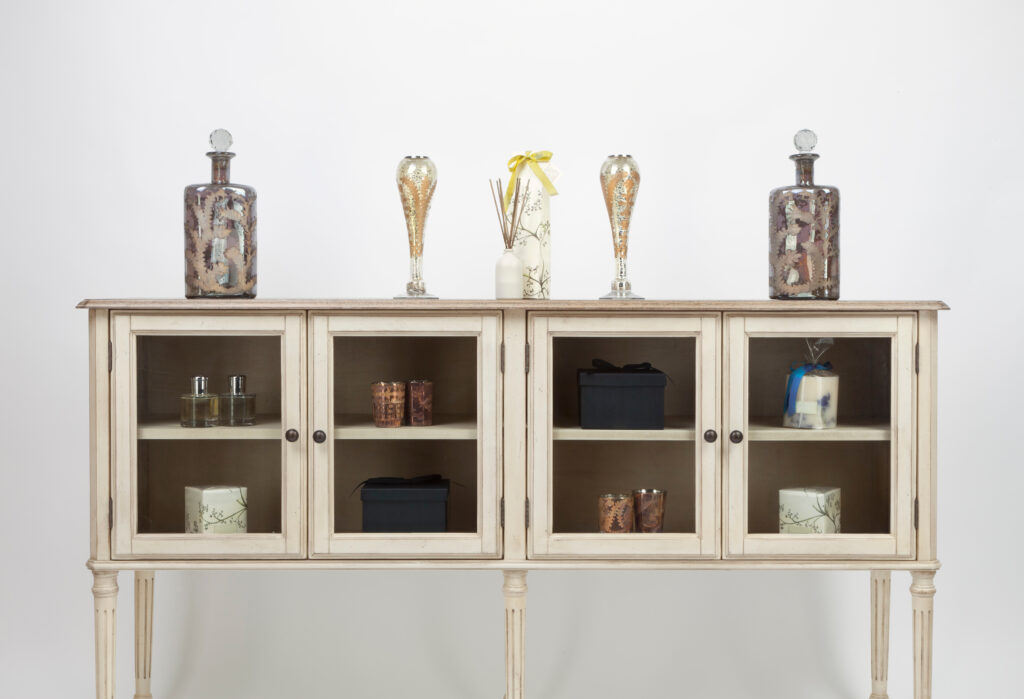
Glass-front cabinets give you the ability to display and protect your collection at the same time. They keep dust away and reduce the risk of accidental contact from people passing by. Enclosures also help block access from pets or curious children. This type of storage keeps your pieces safe while allowing them to be enjoyed visually.
Select cabinets with secure doors that close firmly to prevent unexpected openings. Sturdy shelving inside ensures your glass remains supported and level. A cabinet also reduces the need for frequent handling, which lowers the chance of breakage. This setup combines security with a clean, attractive display.
Arrange by height and color
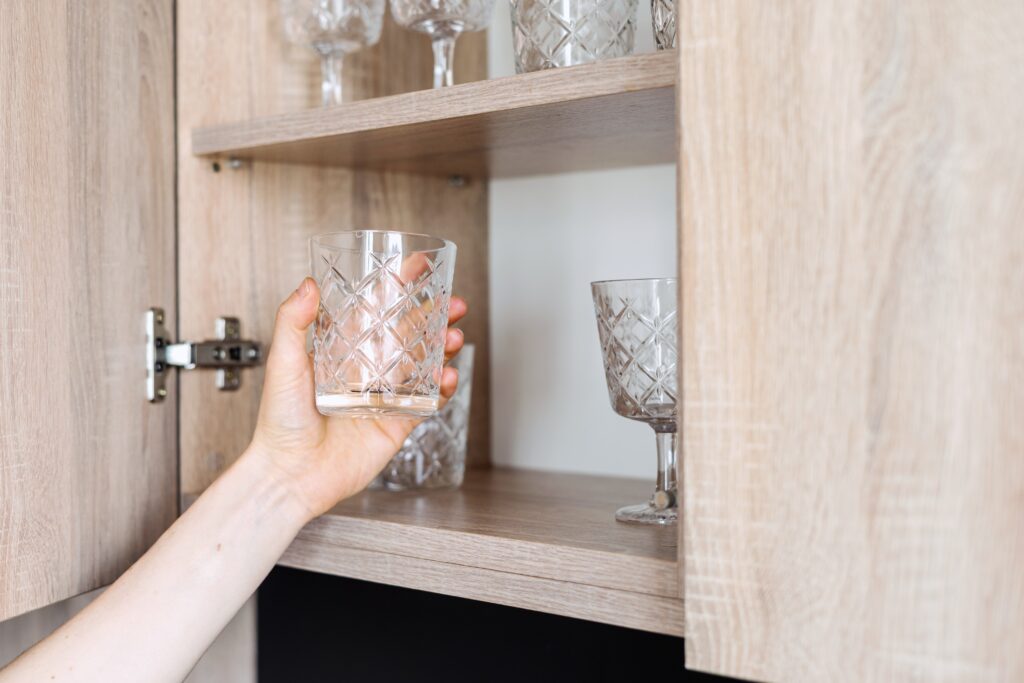
Arranging glassware by height and color creates a pleasing visual flow in your display. Taller items at the back keep smaller pieces easy to see from the front. Grouping similar colors together can draw attention to patterns and shapes. This method makes your collection more appealing and organized.
The arrangement also reduces the need to handle items in order to view others. Less handling means fewer chances for accidental chips or drops. A consistent display layout helps your pieces look more unified as a group. Thoughtful arrangement can make even a small collection stand out beautifully.
Use safe accent lighting

Lighting can bring out the details and beauty in antique glassware. LED bulbs are a good choice because they remain cool and do not emit harmful rays. Soft, even light highlights patterns and colors without overwhelming the eyes. Good lighting can make a display more engaging without harming the pieces.
Position lights so they illuminate the glass without shining directly into a viewer’s eyes. Indirect lighting often works best to create an inviting glow. Avoid hot bulbs that could damage delicate surfaces over time. The right lighting setup can enhance both the safety and the appeal of your display.
Rotate displayed pieces
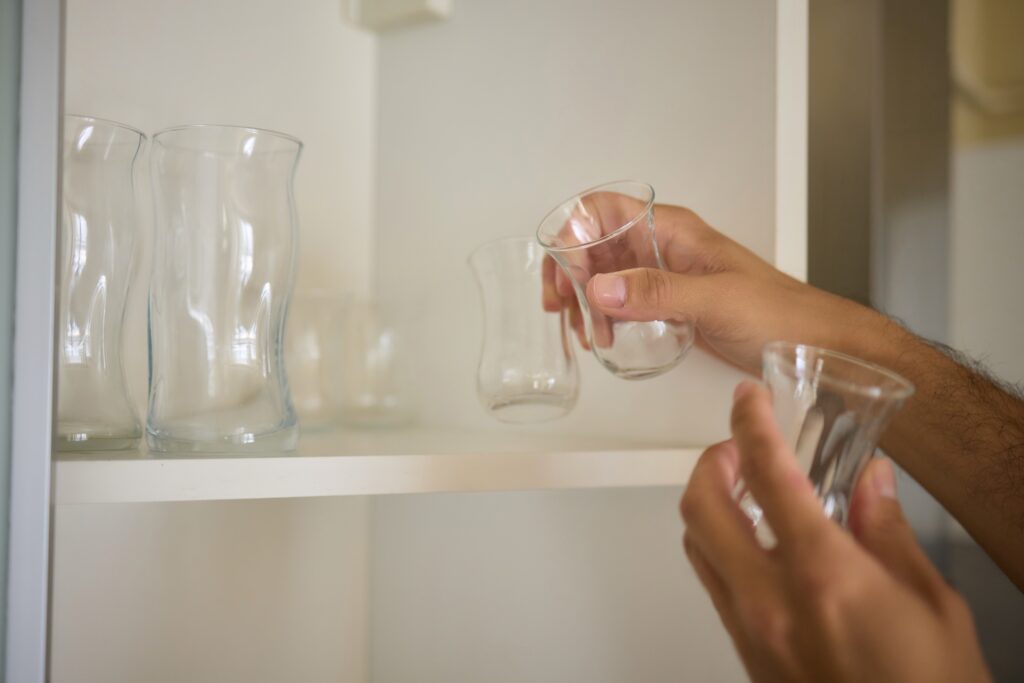
Keeping the same glass pieces in direct light for too long can cause fading or weaken the material. Rotating items into and out of display helps protect them from prolonged exposure. It also allows each piece time in a safer storage environment. This simple practice can extend the life of your collection.
Rotation is also a great opportunity to clean and inspect each piece closely. Changing the arrangement keeps your display looking fresh and interesting. Even small adjustments can renew the appeal of your collection. Regularly rotating pieces combines preservation with variety.
Inspect for damage regularly
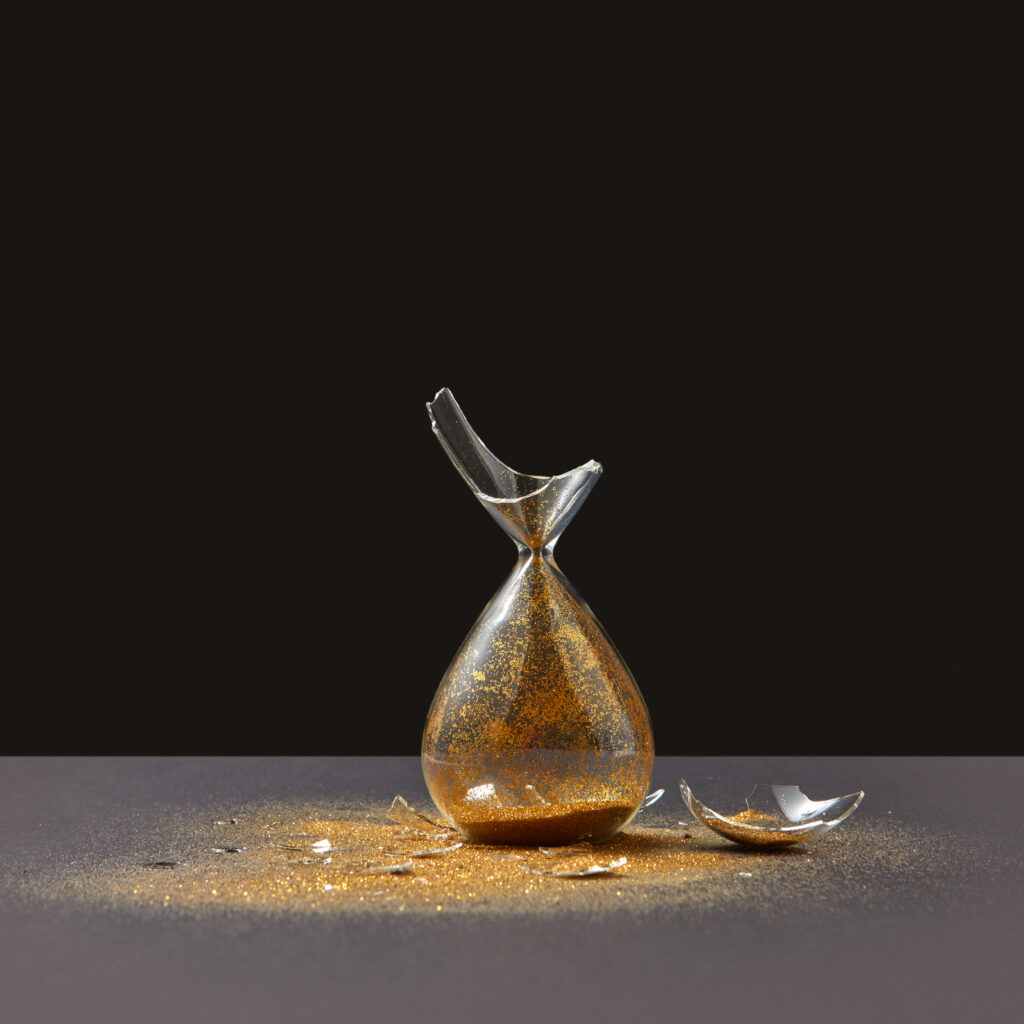
Small chips or cracks in glass can grow worse if left unattended. Regular inspection helps you spot these issues before they become serious. Good lighting makes it easier to see fine lines or small flaws. Being proactive with checks is key to maintaining your glassware.
Use your fingertips to feel along the edges for any rough spots. Pay special attention to high-stress areas like rims and handles. Early detection gives you a better chance of preventing further damage. A quick check now can save a piece from future loss.
Handle over carpet or padding
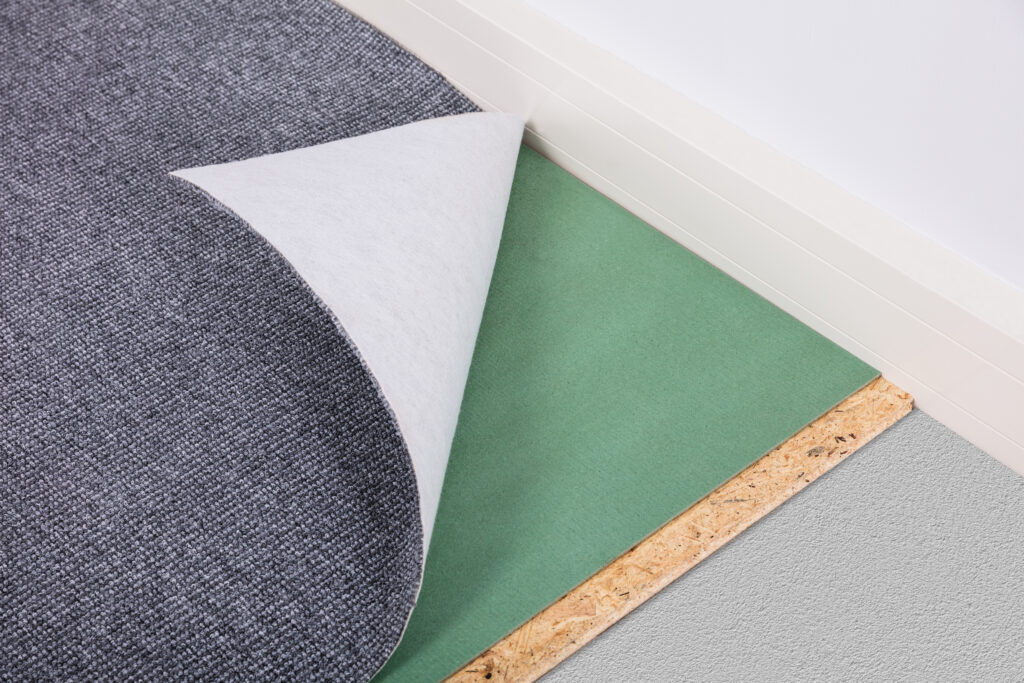
Working over a soft surface adds protection in case a piece slips from your hands. Carpet or padding can reduce the risk of the glass breaking on impact. Hard floors give fragile items little chance of surviving a fall. Taking this precaution adds a layer of safety during handling.
Before cleaning or rearranging, set up a cushioned workspace. A folded towel or padded mat works well for this purpose. Even careful handlers can have accidents, so preparation matters. Protecting your work area is as important as protecting the piece itself.
Keep an inventory
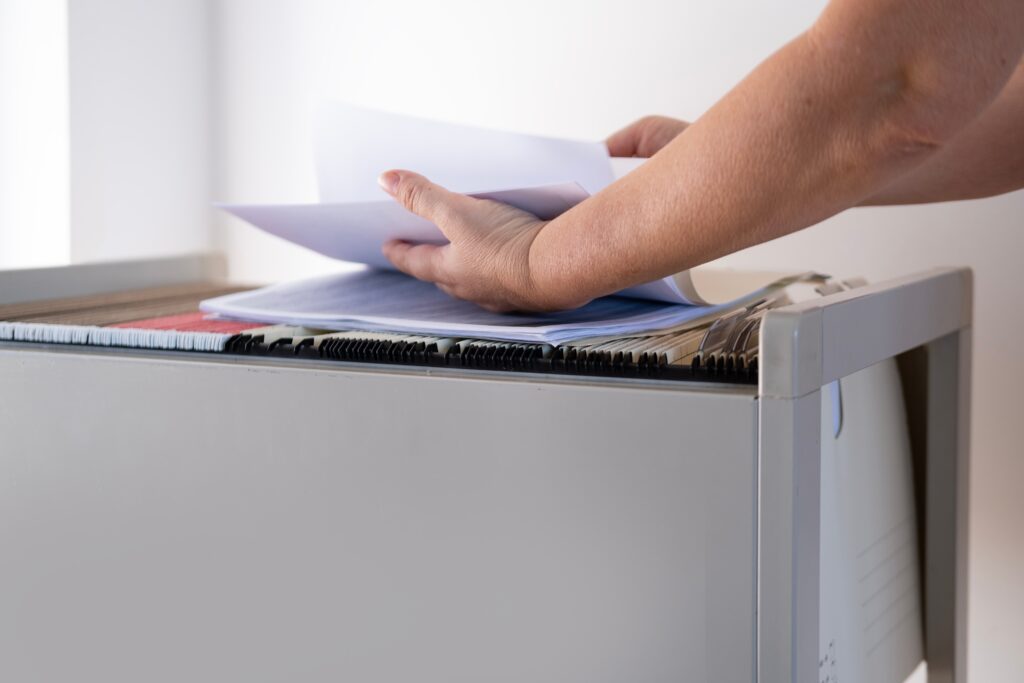
Keeping records of your glassware collection helps with organization and reference. Include details like photographs, descriptions, and purchase dates. This information is valuable for identification and potential resale. An inventory also allows you to track changes over time.
Digital records are easy to update and store securely. A printed copy kept in a safe place adds another layer of security. Both formats make it easier to share information with appraisers or buyers. An accurate inventory is an essential tool for any collector.
Insure valuable pieces

Antique glass can be costly or impossible to replace. Insurance provides financial protection in the event of damage, loss, or theft. Having a policy that includes fragile items ensures better coverage. This step can safeguard the investment you’ve made in your collection.
Keep all appraisals and value assessments current. Updated documents make filing a claim smoother if needed. It’s also wise to store proof of ownership along with your insurance papers. Proper coverage offers stability for both you and your collection.
This article originally appeared on Avocadu.
